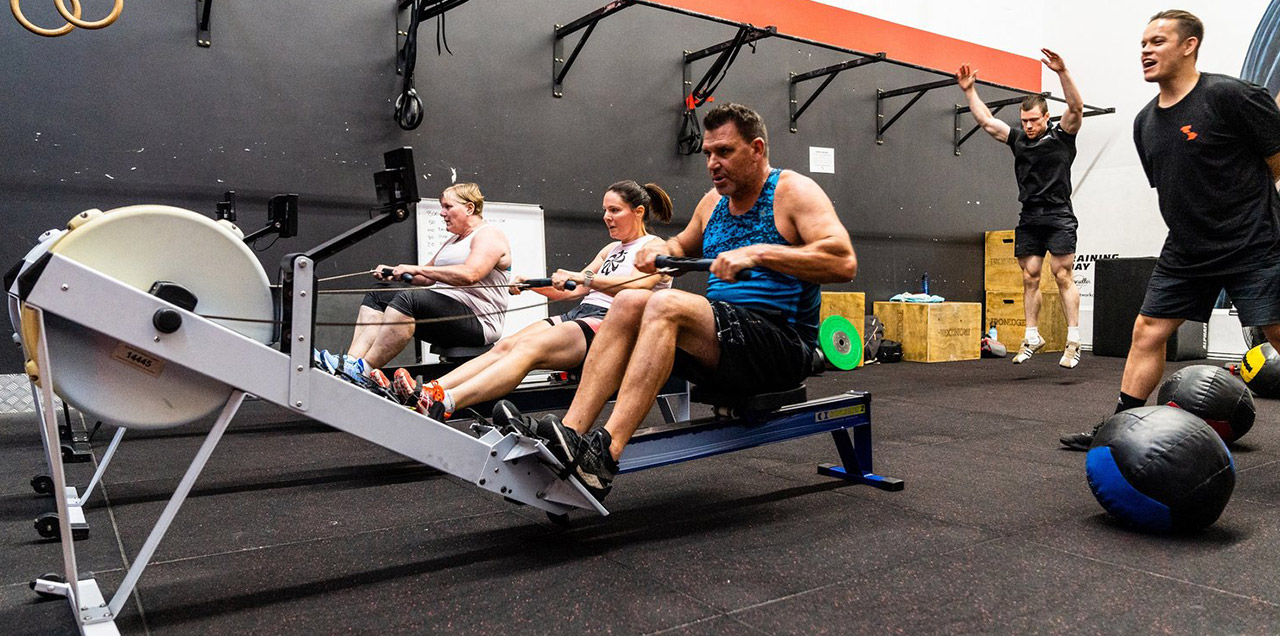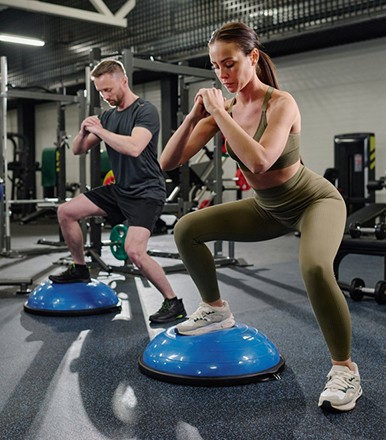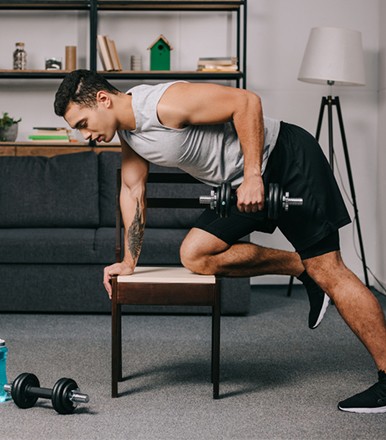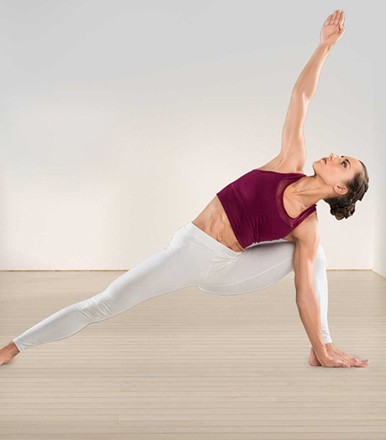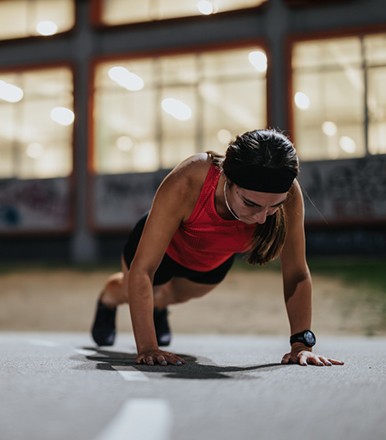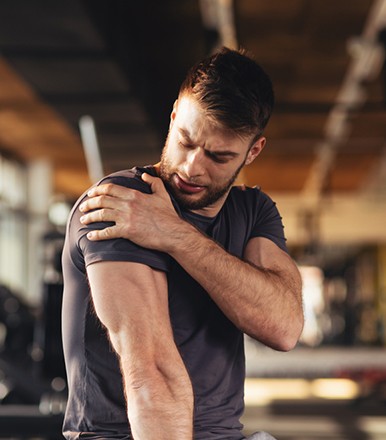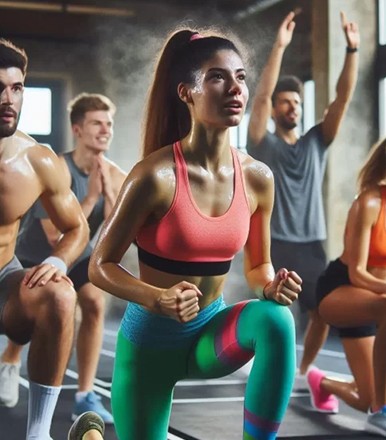Physical fitness is essential for maintaining a healthy lifestyle. But what exactly are the health-related components of physical fitness? Understanding these components can help you develop a balanced exercise routine to improve your well-being. Here, we break down the key elements contributing to physical fitness and their benefits.
1. Cardiovascular Endurance
Cardiovascular endurance, also known as aerobic fitness, refers to the ability of your heart, lungs, and blood vessels to deliver oxygen to your body during prolonged physical activity. Regular cardiovascular exercise, such as walking, running, swimming, or cycling, can improve this endurance. Benefits include reduced risk of heart disease, lower blood pressure, and improved mental health.
2. Muscular Strength
Muscular strength is the amount of force a muscle can produce with a single maximal effort. Strength training exercises, like lifting weights or using resistance bands, enhance muscle strength. Increased muscular strength helps with everyday tasks, boosts metabolism, and reduces the risk of injury.
3. Muscular Endurance
Muscular endurance is the ability of a muscle group to continue performing over time without fatigue. Activities like plank holds, cycling, or bodyweight exercises (e.g., push-ups) can enhance endurance. Improved muscular endurance leads to better posture, reduced fatigue, and increased stamina for daily activities.
4. Flexibility
Flexibility refers to the range of motion available at a joint. Stretching exercises, yoga, and Pilates are effective in improving flexibility. Enhanced flexibility can prevent injuries, reduce muscle soreness, and improve overall physical performance.
5. Body Composition
Body composition is the ratio of fat to lean mass (muscles, bones, organs) in your body. Achieving a healthy body composition involves a combination of a balanced diet, cardiovascular exercise, and strength training. Maintaining a healthy body composition reduces the risk of chronic diseases like diabetes, heart disease, and obesity.
6. Balance and Coordination
Though often overlooked, balance and coordination are vital components of physical fitness. Exercises like yoga, tai chi, and balance drills improve these skills. Good balance and coordination prevent falls, enhance athletic performance, and improve functional movements in daily life.
Ready to take your fitness to the next level? Start incorporating these components into your exercise routine today and feel the difference. Check out our range of fitness guides and workout plans tailored to your needs at Hello Fitness Magazine.
At Hello Fitness Magazine, we are dedicated to helping you achieve your fitness goals. Our expert tips, workout plans, and nutritional advice are designed to empower you on your fitness journey. Join our community and discover a healthier, happier you!
FAQs
-
What is cardiovascular endurance?
-
The heart, lungs, and blood vessels can deliver oxygen to your body during prolonged physical activity.
-
-
How can I improve my muscular strength?
-
Engage in strength training exercises such as lifting weights or using resistance bands.
-
-
Why is flexibility important?
-
Flexibility prevents injuries, reduces muscle soreness, and improves overall physical performance.
-
-
What does body composition mean?
-
It is the fat-to-lean mass ratio in your body, indicating your overall health.
-
-
How can balance and coordination be improved?
-
Practice exercises like yoga, tai chi, and balance drills to enhance these skills.
-




